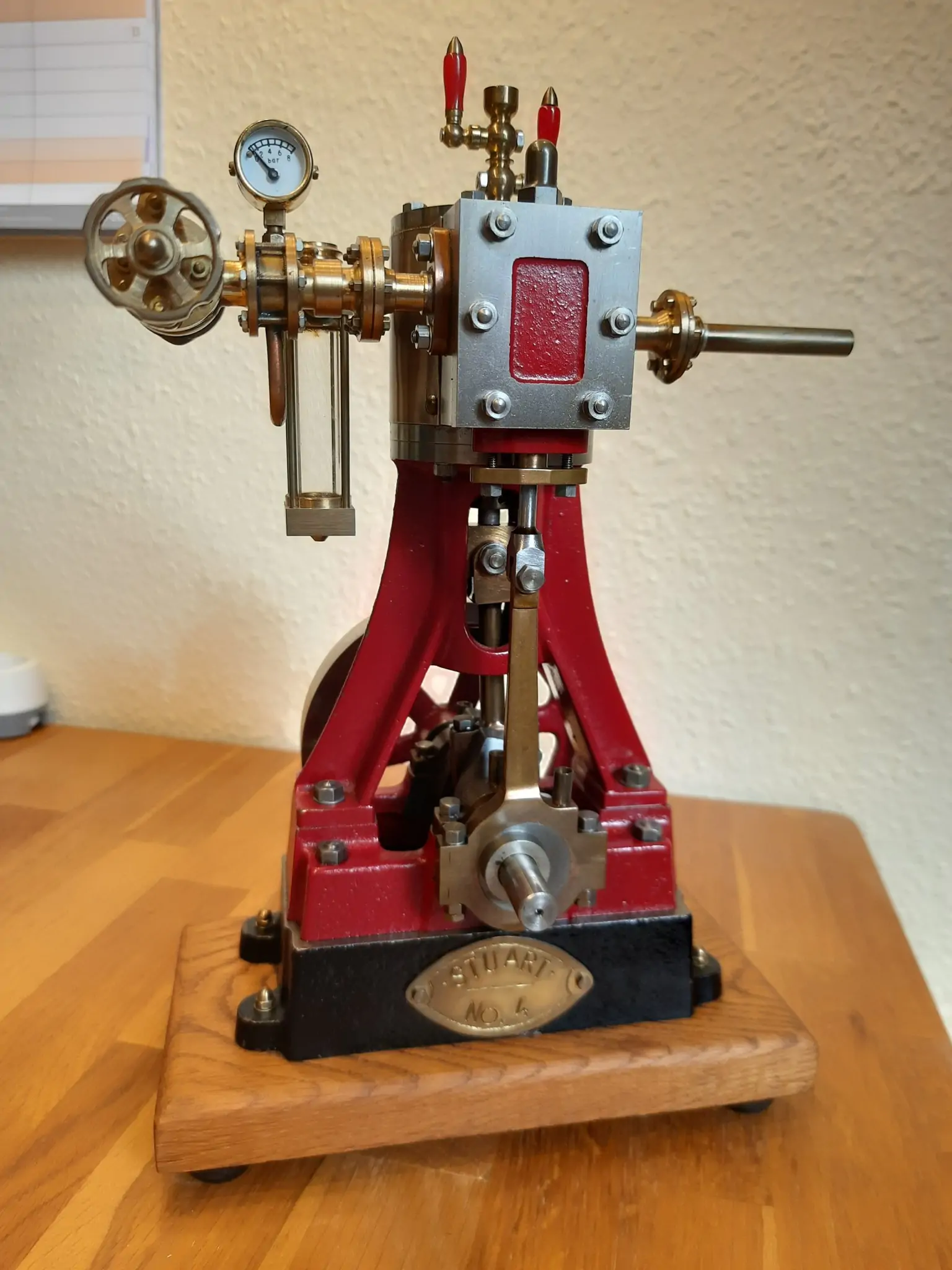It is my belief that Trump was a reluctant president. In 2016 he ran almost as a joke. His goal seemed more to disrupt the normal Republican party politics than to actually become president.
The Democrats certainly thought he was a joke. They did everything in their power to make him the Republican nominee. The amount of free publicity he received from the mainstream media was astonishing. Everybody loved him. At least among the people who counted.
He was a brass man who said what many of us had been thinking. He called out the press for lying. He stood up to the people handing him gotcha questions. He put forth the image of a powerful leader that could lead our country in the right direction.
He was not the man I wanted for my president. I went to bed knowing the next four years were going to be horrible under the evil, selfish, egotistical control of Hillary Clinton.
I woke to the surprising news that Hillary had lost. I didn’t see it as Trump winning but more as Hillary wasn’t going to be the president.
He then stepped on the rake. TDS struck everybody who hadn’t voted for Trump. The entire “not my president” shit started up. Bush, the evil, was held up as a wonderful example of a “good” president. And the deep state took it upon themselves to thwart the will of the democratically elected president of the United States.
His agenda was stopped in its tracks. But one thing moved forward. And that was the retaking of the courts.
Our courts had become another legislative branch. If the left didn’t control the country via the ballot box, they controlled it via corrupted judges.
Trump’s first legacy was in getting so many originalists onto the courts. Instead of a zero chance of getting an originalist panel in the Ninth Circuit, it became almost 50/50. There was even a chance of getting an originalist en banc panel.
He did the same in every circuit. One place that he succeeded was in the Third Circuit.
There is something amazing happening in our judicial system; we are seeing a circuit courts over blue states turn red. This is huge in the grand scheme of things.
There are so many constitutional questions out there that never get to the Supreme Court. They don’t get there because the lower courts manipulate the stats. They game the system.
The Supreme Court is asked to hear nearly ten thousand cases a term. They hear less than 100. Those are not good odds.
The justices meet once a week, on Friday, to discuss what cases they want to hear. If 4 justices vote to hear a case, it will be placed on the Supreme Court docket.
The justices would like to hear cases that have major implications. They don’t like trivial cases. One of the things that suggests a case will have major implications is if multiple circuit courts have reached different opinions on the question presented.
Trump’s legacy includes creating situations for circuit splits.
At this time we are looking at a circuit split regarding assault weapon bans and large capacity magazine bans. This is only because of Trump. The Third Circuit Court of Appeals is now an originalist majority court. This means that for the first time, originalists have heard cases involving these types of bans.
If the rulings come out for the Constitution and The People we will have a circuit split. Circuit split means the Supreme Court is more likely to hear the case.
Clawing Back Power
There are three branches of government: the legislative, the executive, and the judicial. This is laid out in our Constitution. For many years it was said that the fourth branch of government was the media. Unfortunately, we’ve learned that the media is just another branch of the Democrat party.
Democrats are the type of people that will go to bat a 100 times and swing and miss 100 times. Then on the 101 they get a piece of the ball and score a run. At that point, they claim that the people have spoken and that there will never ever be a 102-pitch.
This wasn’t working. They would pass bad bills, and the next time a conservative got in office with a congress that backed him, the bad law would be undone. So they worked to “fix” the problem.
They did this by passing laws that restricted what later congresses could do.
The biggest thing they did was they stripped power from the President.
They did this by creating commissions instead of agencies.
The Department of War, the Department of Education, The Department of Energy, the Department of Justice, and so forth are all agencies headed by a single boss. That boss works at the pleasure of the President.
Congress couldn’t tell the President he was unable to fire the heads of these agencies because it is clearly stated in the Constitution that this was part of the Article II executive branch controlled by the President.
Instead, they started setting up commissions and boards. The National Labor Board, the Federal Trade Commission, the Federal Communications Commission, and the Federal Reserve Bank. The most recent was the Consumer Financial Protection Bureau. This is not an “agency” and is “independent” of the executive branch. It is also independent of the congress because it does not get its funding from congress.
When they set up these entities headed by commissions, Congress set rules for how the commissions were selected, how long they served, and how members could be removed.
This allowed these entities to ignore the orders of the president. He can’t fire them for ignoring the policies of the democratically elected president. So they could just keep on keeping on. This stripped the president of control of parts of the executive branch.
Trump’s legacy is the destruction of these “protected” boards and commissions. The Supreme Court should be finding these restrictions on presidential authority unconstitutional before June 2026. That is a legacy worth bragging about.
Everybody Knows (and was wrong)
The left likes to argue that just because something hasn’t been found unconstitutional in the past, it is constitutional today.
For years we were all taught, and we all learned, that if you were born in the United States, you were a citizen of the United States.
The Constitution doesn’t say that. History shows that everybody knew that the 14th Amendment applied to former slaves. It didn’t apply to foreigners. Until suddenly the left said that it did.
The outcome of the birthright case will change the political landscape for years and years to come.
Conclusion
Trump’s Legacy will be felt for decades, and it is in the fundamental changes he is making to the status quo and administrative state.









